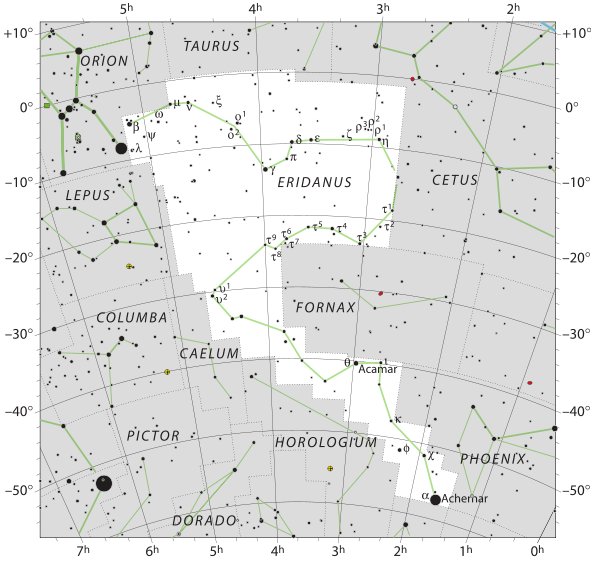|
7. We know the Easter Island month names (see Tiamat), but we do not know which stars they were connected with. Therefore I will use information from Makemson. She has created a table where she has tried to connect our months with the morning stars of the Maori on New Zealand. From her table I have extracted the basic data pertaining to our question:
Where Makemson has stars with question marks I have omitted their names in my table above. Furthermore, the half-year from June is of more interest than the half-year from December. There are no question marks in the first of the half-years and we have an overview from the corresponding part of the G text. The stars are more easy to observe in the first of the half-years because the light from Sun is not so strong. I think the Maori on New Zealand had 10 morning stars - the question marks indicate where they had no such star. Anciently, we know, they counted only 10 months in a year: ... Whare-patari, who is credited with introducing the year of twelve months into New Zealand, had a staff with twelve notches on it. He went on a visit to some people called Rua-roa (Long pit) who were famous round about for their extensive knowledge. They inquired of Whare how many months the year had according to his reckoning. He showed them the staff with its twelve notches, one for each month. They replied: 'We are in error since we have but ten months. Are we wrong in lifting our crop of kumara (sweet potato) in the eighth month?' Whare-patari answered: 'You are wrong. Leave them until the tenth month. Know you not that there are two odd feathers in a bird's tail? Likewise there are two odd months in the year.' The grateful tribe of Rua-roa adopted Whare's advice and found the sweet potato crop greatly improved as the result ... Thus there could have been a pattern with 6 + 4 = 10 months. Aldebaran was the 10th and last morning star and on Tahiti it was named Ana-muri (the star at the end). Antares (Ana-mua) was the 6th star at the end of the half-year where stars could be watched easily. The name 'in front' (mua) suggests I maybe should connect Antares to Aldebaran and so divide the 10 stars into equal halves:
I have redmarked also Regulus because in our investigation we are at the end of the 11th hour ruled by Leo. Let's now look at the first of these stars, Rigel, which definitely should have been important because it is rising heliacally in the winter solstice month June. And it was also fundamental in the view of the Gilbertese:
The rising of Antares and the setting of the Pleiades together implicate, I guess, the beginning respectively the end. Counting from Antares to Rigel there are 18º and from Antares to the Pleiades there are 50º. In a year Sun moves from Antares to the Pleiades and then back again, 100º. Therefore Rigel should be twice in the path of Sun. But Antares and the Pleiades will be visited only once in a year. The distance between Rigel and Antares can either be measured as 18º or as 100 - 18 = 82º. Counting in time instead of by declination we will find Rigel (the left foot of Orion) to be just beyond the end of the Eridanus River (cfr at Beid and Theemin):
The heliacal rising of Rigel indeed seems to define a beginning also in the G text. The glyph type flanking the 'king' (ariki) in Ga1-13 is hanau (birth), maybe to be interpreted as the place where the Sun king is reborn. 79 days beyond spring equinox north of the equator corresponds to day number 266 + 79 = 345 on Easter Island:
Only about 13 days remain to winter solstice:
Aldebaran and Antares are connected in thought and I suspect Rigel and Regulus could also be so connected.
The flanking glyph types seem to point at an important star and to give information as to its meaning. |
||||||||||||||||||||||||||||||||||||||||||||||||||||||||||||||||||||||||||||||||||||||||||||||||||||||||||||||||||||||||||||||||||||||||||||||||||||||||||||||||||||||||||||||||||||||||||||||||








